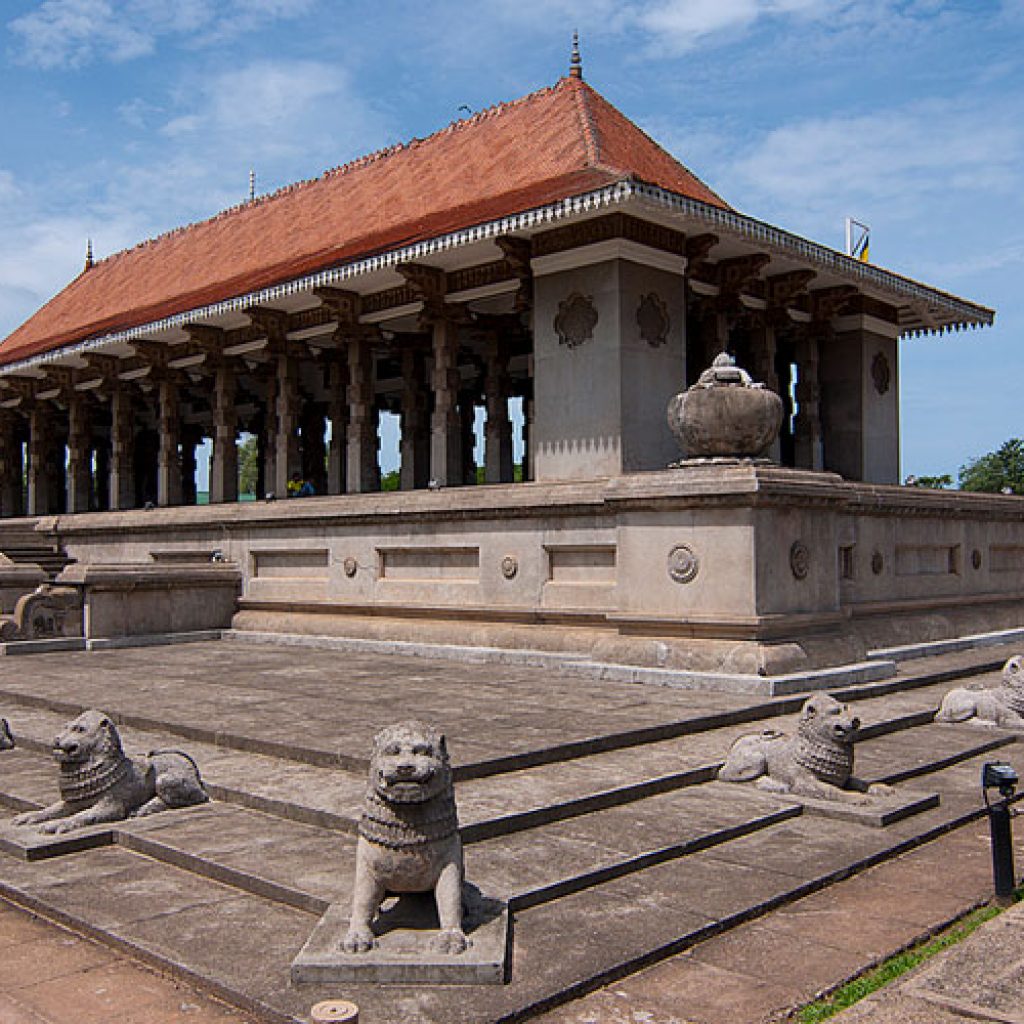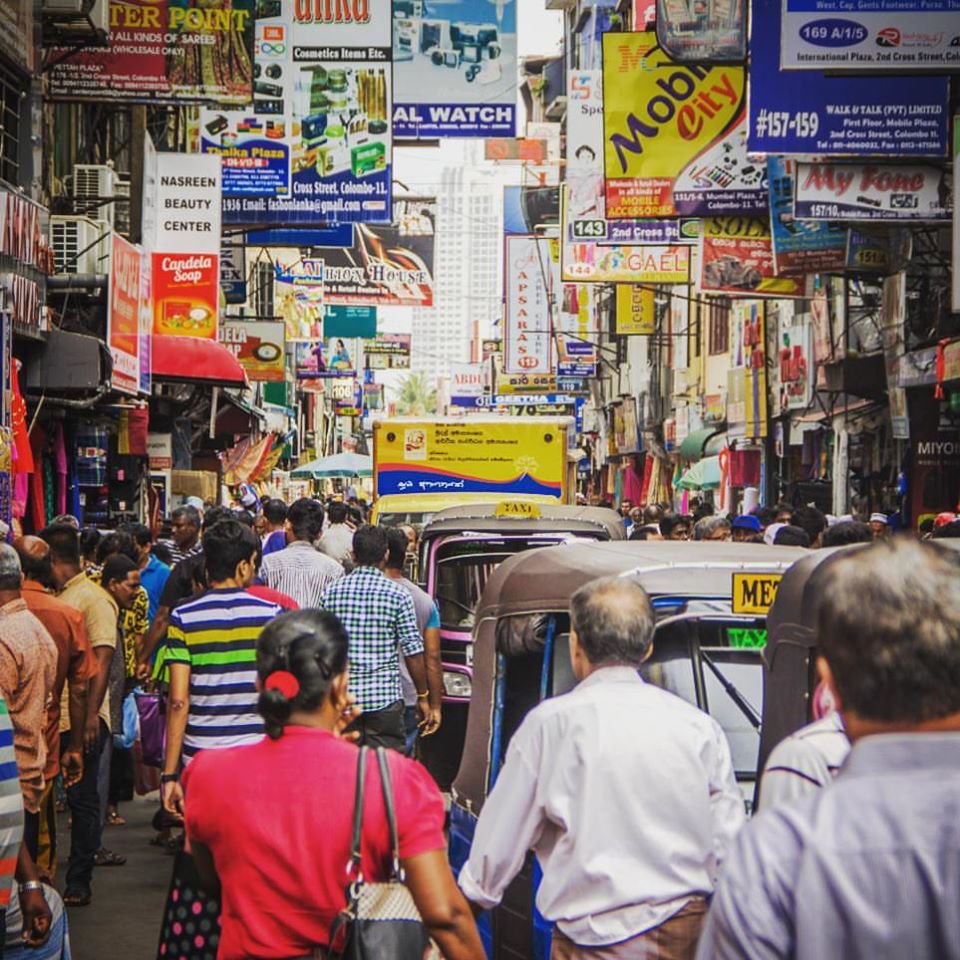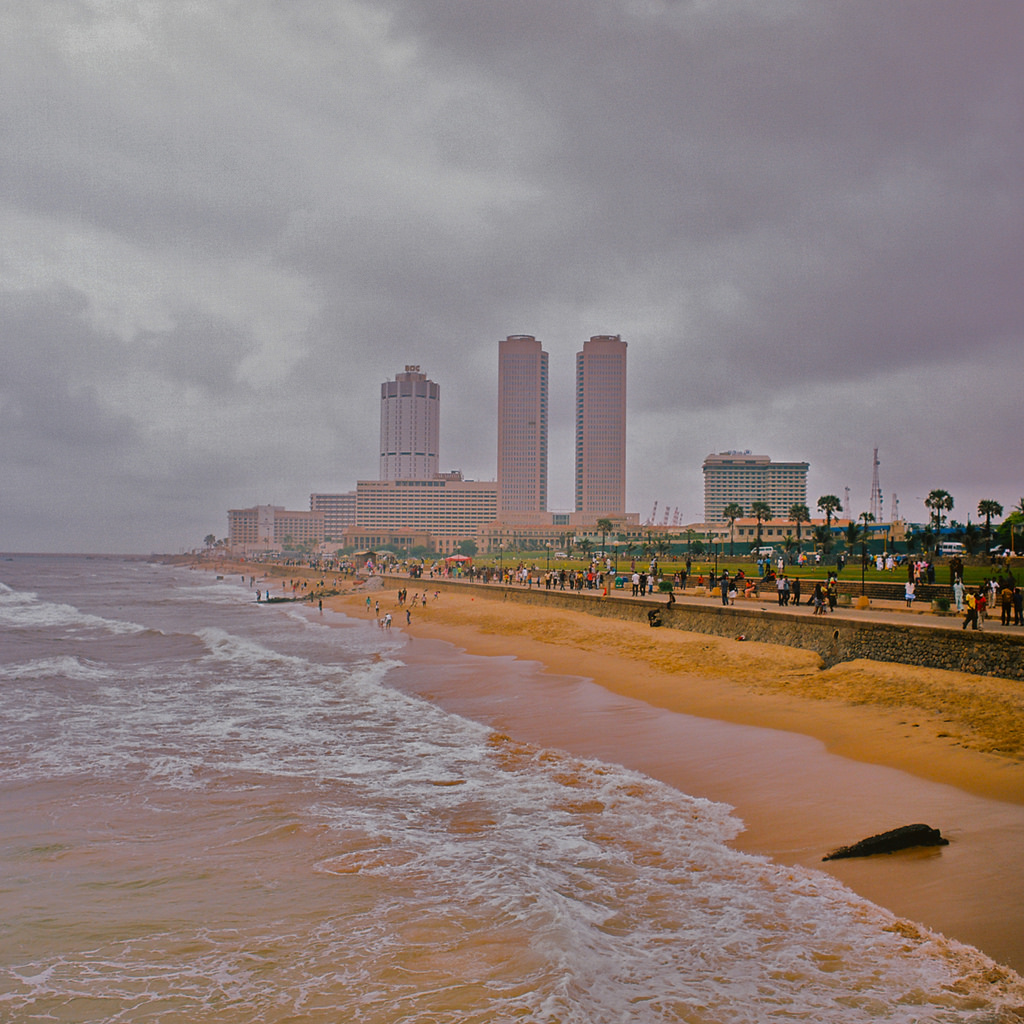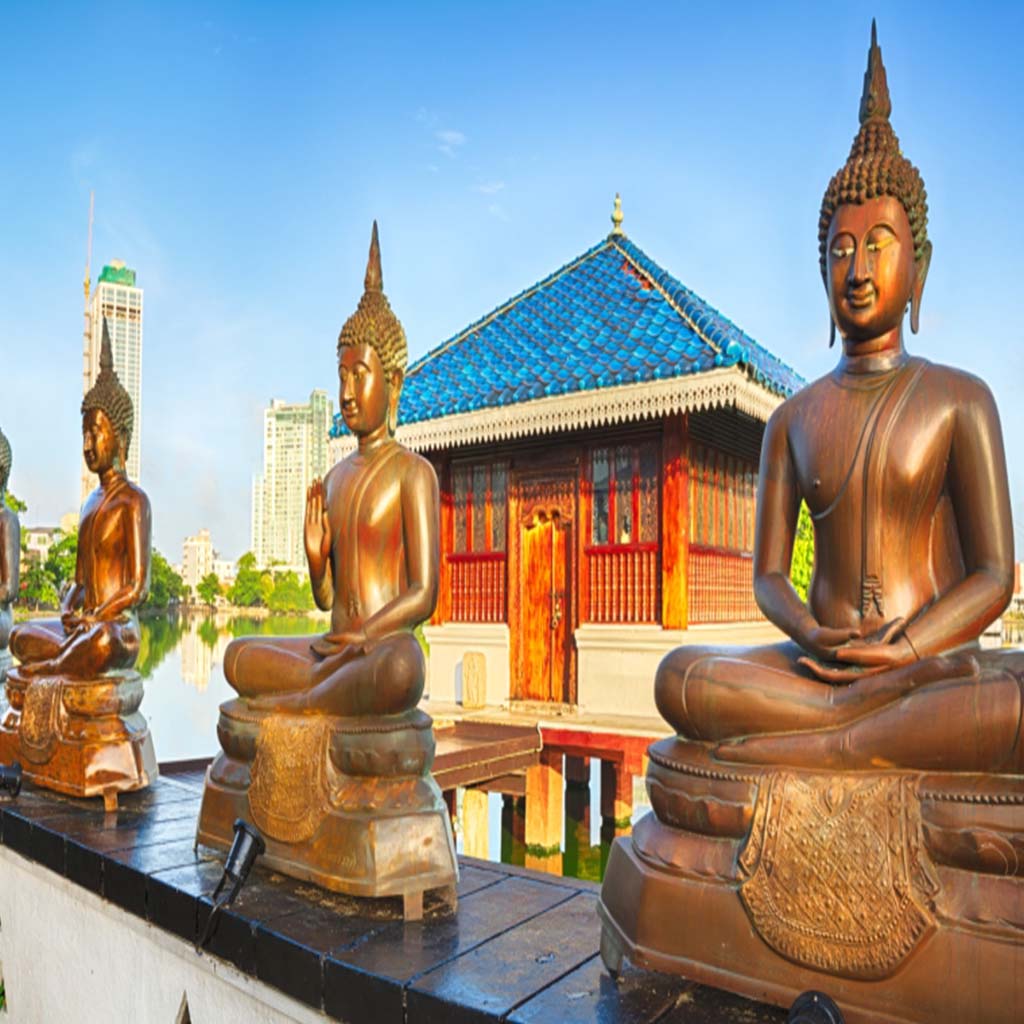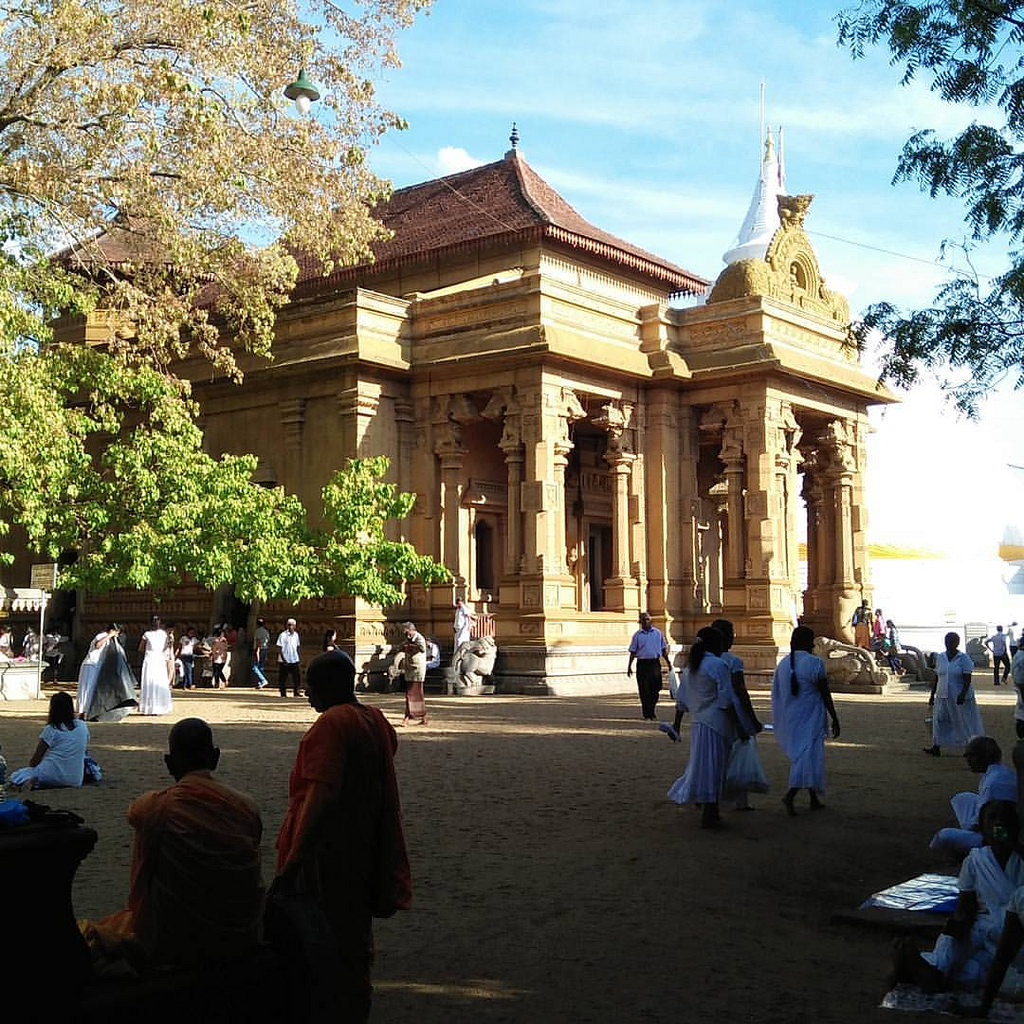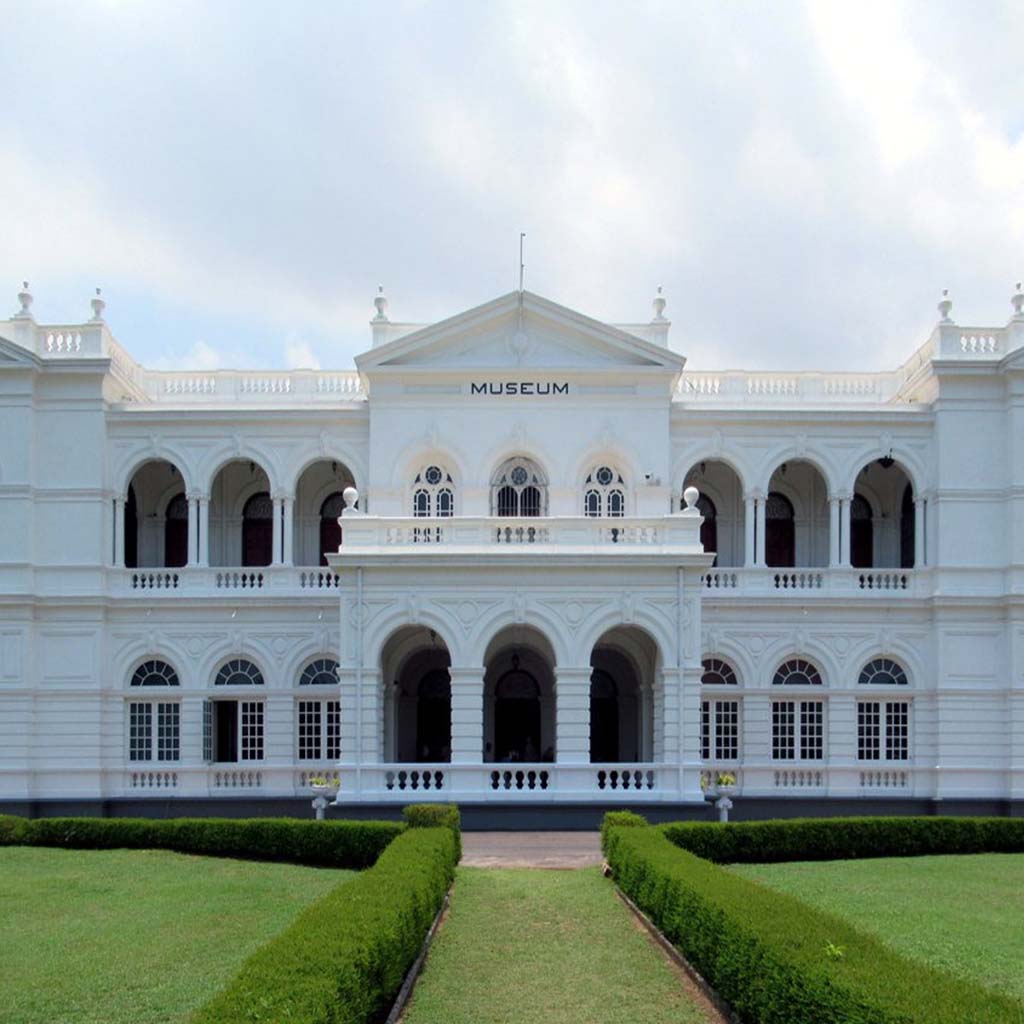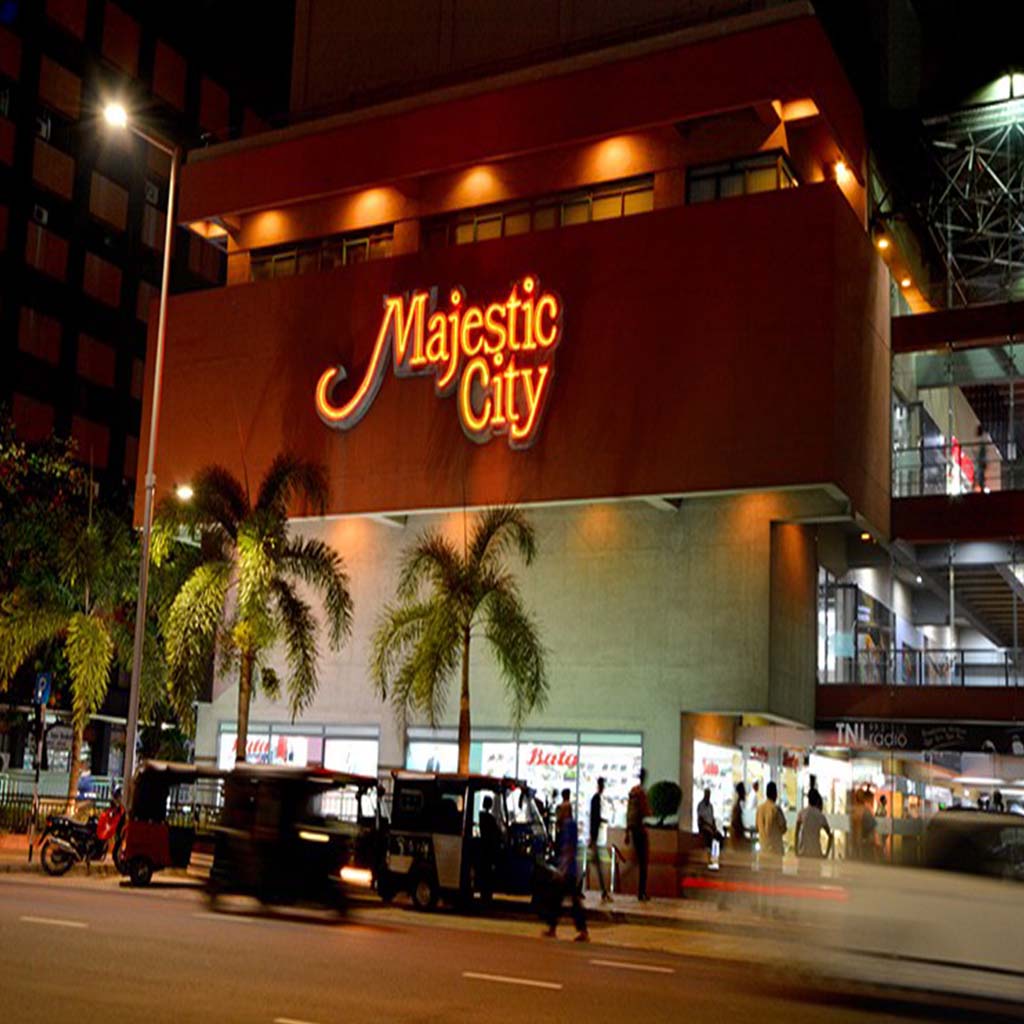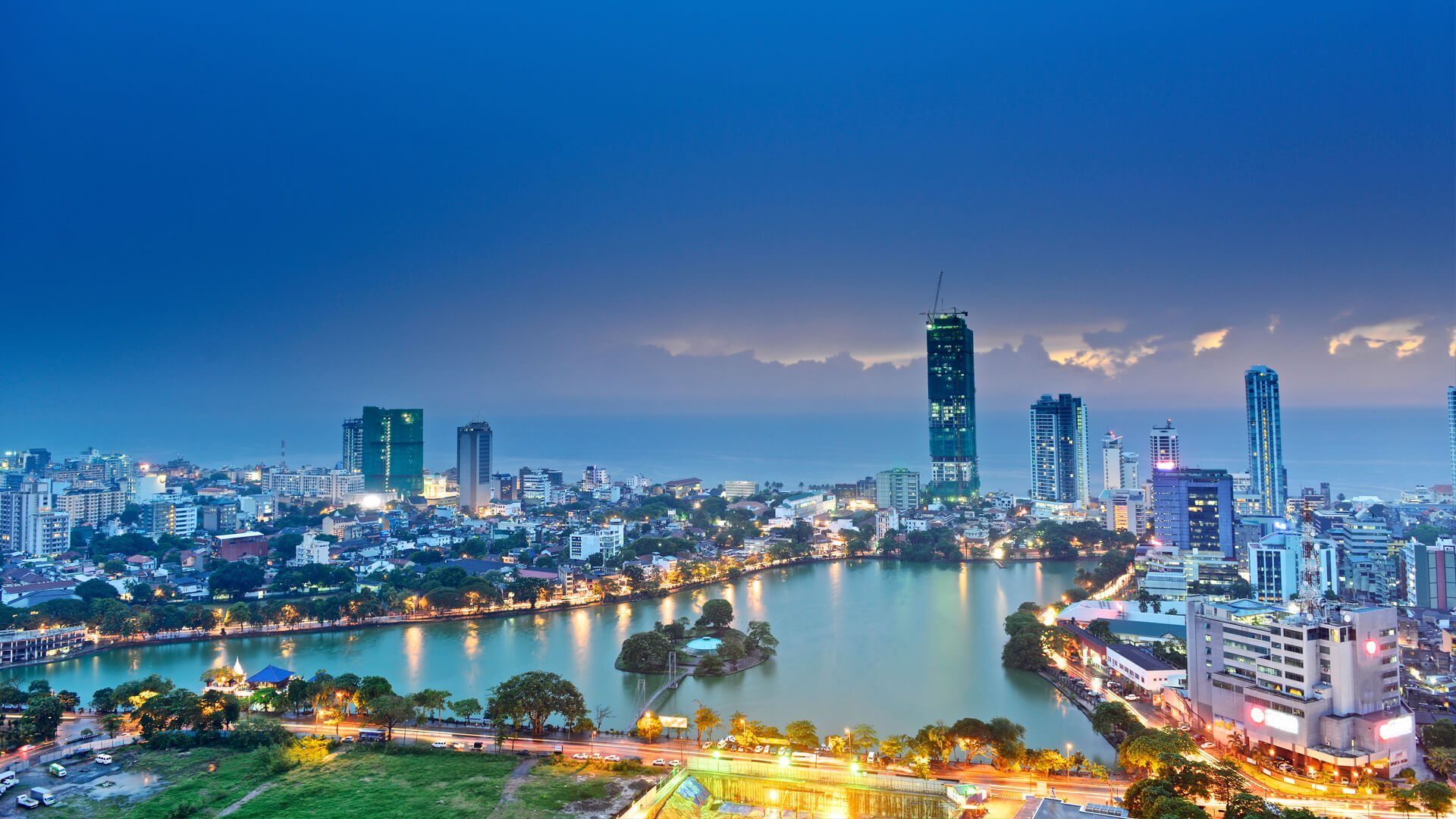Colombo City TOUR
Colombo, is the largest city and commercial capital of Sri Lanka, has a long history as a port on ancient east-west trade routes, ruled successively by the Portuguese, Dutch and British. That heritage is reflected in its its architecture, mixing colonial buildings with high-rises and shopping malls. The imposing Colombo National Museum, dedicated to Sri Lankan history, borders sprawling Viharamahadevi Park and its giant Buddha. The name “Colombo” first introduced by the Portuguese in 1505, is believed to be derived from the classical Sinhalese name Kolon thota, meaning” port on the river Kelani”.
Pettah is a neighbourhood in Colombo, Sri Lanka located east of the City centre Fort. The Pettah neighborhood is famous for the Pettah Market, a series of open air bazaars and markets.
Galle Face is a 5 ha ocean-side urban park, which stretches for 500 m along the coast, in the heart of Colombo, the financial and business capital of Sri Lanka
Gangaramaya Temple is located in 61 Sri Jinaratana Road of the capital city of Sri Lanka. Throughout the year a huge number of devotees from around the globe come to the largest temple of Colombo. This temple has several statues of Buddha. The Gangaramaya Buddhist Temple in Colombo not only is a place of worship, but is also a recognized learning center. A residential hall, a museum and education rooms are found in the temple premises. This temple also has a wide collection of souvenirs of Lord Buddha. Colombo Gangaramaya Buddhist Temple temple has made several efforts to console the victims of the devastating tsunamis that struck Sri Lanka in 2004. After the natural disaster, the Podi Hamuduruwo (High Priest) decided upon a flower procession. For this event they collected a huge amount of money, from which, a particular amount was used for giving shelter to the tsunami victims
This temple, consecrated during the third and final visit of Lord Buddha to Sri Lanka, eight years after gaining enlightenment, is situated 7 miles from Colombo in Gampaha District on the banks of the Kelaniya River. Its history goes back nearly 2,563 years. The Mahawansa records that the original Dagoba at Kelaniya enshrined a gem-studded throne on which the Buddha sat and preached. The temple is also famous for its image of the reclining Buddha and paintings which depict important events in the life of the Buddha, in the history of Buddhism in Sri Lanka, also incidents from the Jataka tales
National Museum of Colombo, also known as the Sri Lanka National Museum is one of two museums in Colombo. It is the largest museum in Sri Lanka. It is maintained by the Department of National Museum of the central government
Colombo City Centre is a 47-storey mixed use development, comprising a five-storey 3,675 m² retail space, a 164-room hotel and 192 residential apartments. The building is situated opposite Beira Lake, located at Sir James Pieris Mawatha, Colombo 02.
Majestic City is a seven-story commercial and shopping complex which is located in Bambalapitiya, Sri Lanka, near the Bambalapitiya Railway Station. C.T.
ODEL is the best shopping destination in Sri Lanka for ladies wear, menswear, kids wear, home ware, food and more. Enjoy the convenience
Independence Memorial Hall (also Independence Commemoration Hall) is a national monument in Sri Lanka built for commemoration of the independence of Sri Lanka from the British rule with the establishment of Dominion of Ceylon on February 4, 1948. It is located at the Independence Square (formally Torrington Square) in the Cinnamon Gardens, Colombo. It also houses the Independence Memorial Museum.
The monument was built at the location where the formal ceremony marking the start of self rule, with the opening of the first parliament by the HRH Prince Henry, Duke of Gloucester occurred at a special podium February 4, 1948.
Located at the head of the monument is the statue of the first prime minister of the country Rt. Hon. Don Stephen Senanayake “The Father of the Nation”. Most of the annual National Independence Day celebrations have been held here. Apart from a monument it served as the ceremonial assembly hall for the Senate of Ceylon and the House of Representatives of Ceylon until the parliament was moved to the new parliament complex. Currently it is the venue for religious events and annual national day celebrations.
